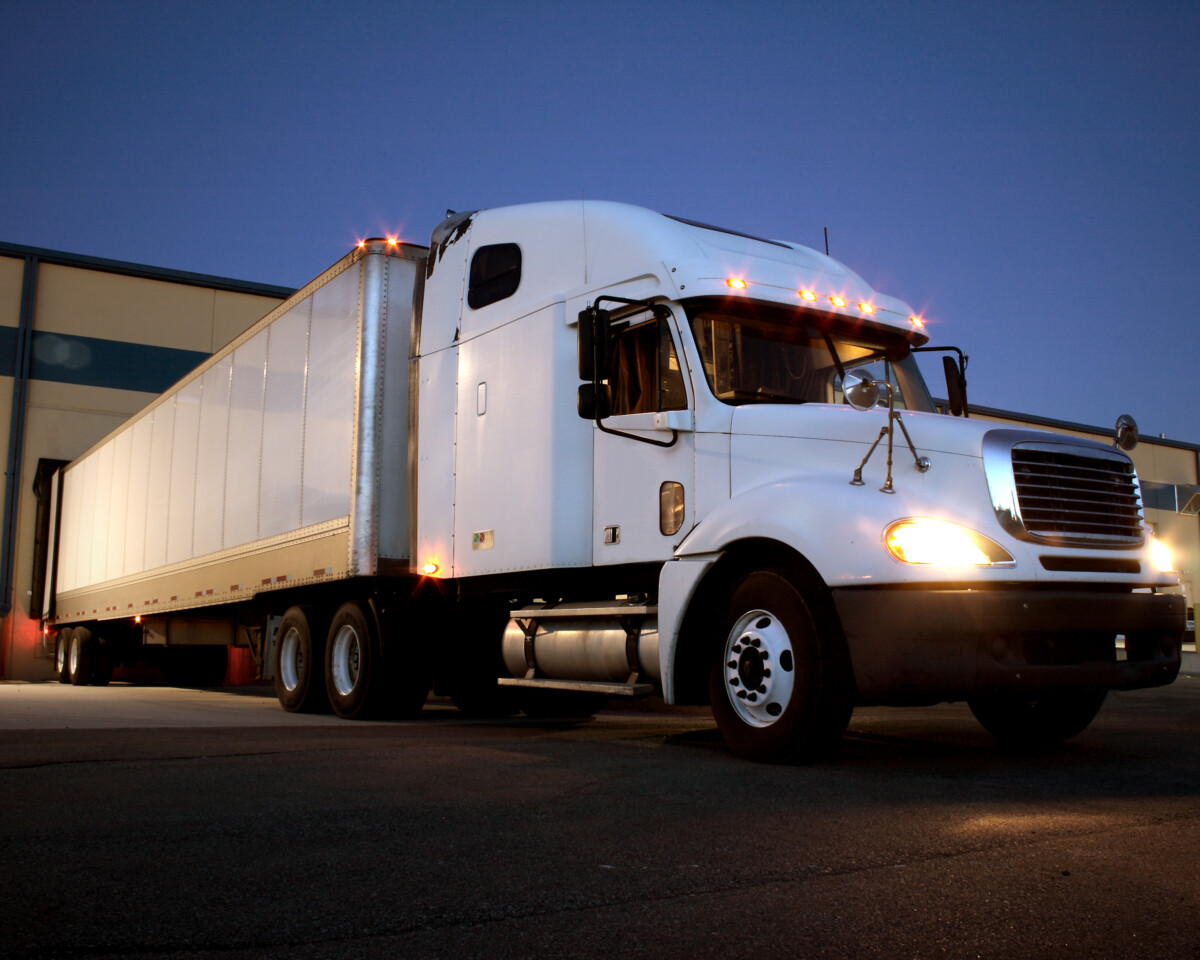What is driver coercion and what can truckers do about it?

Many members of the trucking industry experience driver coercion, so it’s important to know what it is and what you can do to protect yourself and your driving career.
What Is Driver Coercion?
The FMCSA defines driver coercion as when “a motor carrier, shipper, receiver, or transportation intermediary threatens to withhold work from, take employment action against, or punish a driver for refusing to operate in violation of certain provisions of the Federal Motor Carrier Safety Regulations (FMCSRs), Hazardous Materials Regulations (HMRs) and the Federal Motor Carrier Commercial Regulations (FMCCRs). Coercion may be found to have taken place even if a violation has not occurred. An example of coercion is when a motor carrier terminates a driver for refusing to accept a load that would require the driver to violate the hours of service requirements.”
Is Driver Coercion Unlawful?
Yes. Since 2016, the FMCSA has had a rule specifically in place to protect truckers from driver coercion. This is called the Prohibiting Coercion of Commercial Motor Vehicle Drivers (Coercion Rule). This rule explicitly prohibits motor carriers, shippers, receivers and transportation intermediaries from coercing drivers to operate in violation of certain FMCSA regulations, including the drivers’ hours-of-service limits, the commercial driver’s license (CDL) regulations, the associated drug and alcohol testing rules, HMRs, and some of the FMCCRs.
The rule also allows drivers to report incidents of coercion to FMCSA and authorizes FMCSA to issue penalties against motor carriers, shippers, receivers, or transportation intermediaries that have coerced drivers.
Three Parts of Driver Coercion
According to the FMCSA, the following three events must take place for an event to be considered driver coercion:
- A motor carrier, shipper, receiver, or transportation intermediary request a driver to perform a task that would result in the driver violating certain provisions of the FMCSRs, HMRs, or the FMCCRs;
- The driver informs the motor carrier, shipper, receiver, or transportation intermediary of the violation that would occur if the task is performed, such as driving over the hours of service limits or creating unsafe driving conditions; and
- The motor carrier shipper, receiver, or transportation intermediary make a threat or take action against the driver’s employment or work opportunities to get the driver to take the load despite the regulatory violation that would occur.
What Can I Do If I Experience Driver Coercion?
Filing a Coercion Complaint with FMCSA
The FMCSA accepts Coercion complaints from truckers under the 2016 Coercion Rule.
Coercion complaints must be filed within 90 days of the alleged coercion action.
When filing your complaint, please include as much supporting information as you have, such as:
- Text messages or email exchanges between parties showing coercion attempts by a motor carrier, shipper, receiver, or transportation intermediary, as well as your responses; and
- Names of anyone who may witnessed the coercion attempt.
All coercion complaints must be in writing and can be mailed to the Division Office located in the state where the complainant is employed or filed with the National Consumer Complaint Database.
File a Whistleblower Complaint with the Occupational Safety and Health Administration (OSHA)
Drivers have the right to question the safety practices of their employer without the risk of losing their job or being subject to retaliation for stating a safety concern. The Occupational Safety and Health Administration’s whistleblower statutes protect drivers from retaliation. Click here to file a whistleblower complaint with OSHA.
Victims of Sexual Harassment in the Workplace
Anyone who is the victim of a sexual assault should immediately report such incidents to local law enforcement authorities for criminal investigation.
As for concerns of sexual harassment and discriminatory actions in the workplace, the U.S. Equal Employment Opportunity Commission (EEOC) is the Federal agency charged with investigating such claims. The EEOC also has authority to pursue settlements, or file lawsuits against companies or individuals found to have violated the law. Information on employees’ rights and how to file a complaint with the EEOC can be found on their website, here: https://www.eeoc.gov/employees/howtofile.cfm